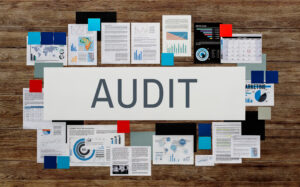How to Prepare for the ISO 9001:2015 Transition
The transition from ISO 9001:2008 to ISO 9001:2015 presents a unique opportunity for organizations to refine their quality management systems and improve operational efficiency. However, the transition process can be challenging without the proper preparation. This article outlines key steps and best practices to help your organization successfully transition to ISO 9001:2015.
Step 1: Conduct a Gap Analysis
The first step in preparing for the transition is to conduct a gap analysis. This involves reviewing your current ISO 9001:2008 QMS and comparing it with the requirements of ISO 9001:2015. The gap analysis helps identify areas where your existing system needs updating or improvement to align with the new standard.
Step 2: Engage Leadership
ISO 9001:2015 places significant emphasis on leadership and commitment. It’s essential that top management is actively involved in the transition process, providing direction and resources to ensure the change is implemented successfully. Engage leadership to drive the necessary changes, and ensure that everyone understands their roles in achieving compliance.
Step 3: Update QMS Documentation
ISO 9001:2015 introduces more flexibility in documentation requirements. Update your QMS documentation to reflect the new standard, removing any outdated processes and adding new ones where needed. Ensure that your documents align with the principles of risk-based thinking and leadership involvement as required by the 2015 version of the standard.
Step 4: Provide Training and Awareness
To ensure a successful transition, it’s crucial that your team is well-trained and aware of the changes in ISO 9001:2015. Provide training sessions that cover the new requirements, such as risk management, leadership roles, and the updated structure of the standard. This will help your team adapt to the changes more easily and efficiently.
Step 5: Perform Internal Audits
Once the necessary changes have been implemented, conduct internal audits to assess your organization’s compliance with ISO 9001:2015. Internal audits help identify any areas that still need improvement and ensure that your QMS is operating effectively under the new standard.
Conclusion
Preparing for the transition to ISO 9001:2015 requires careful planning, leadership commitment, and a focus on training and documentation. By following these key steps, your organization can ensure a smooth and successful transition. For more information about the transition process, visit QMII's registration page.



